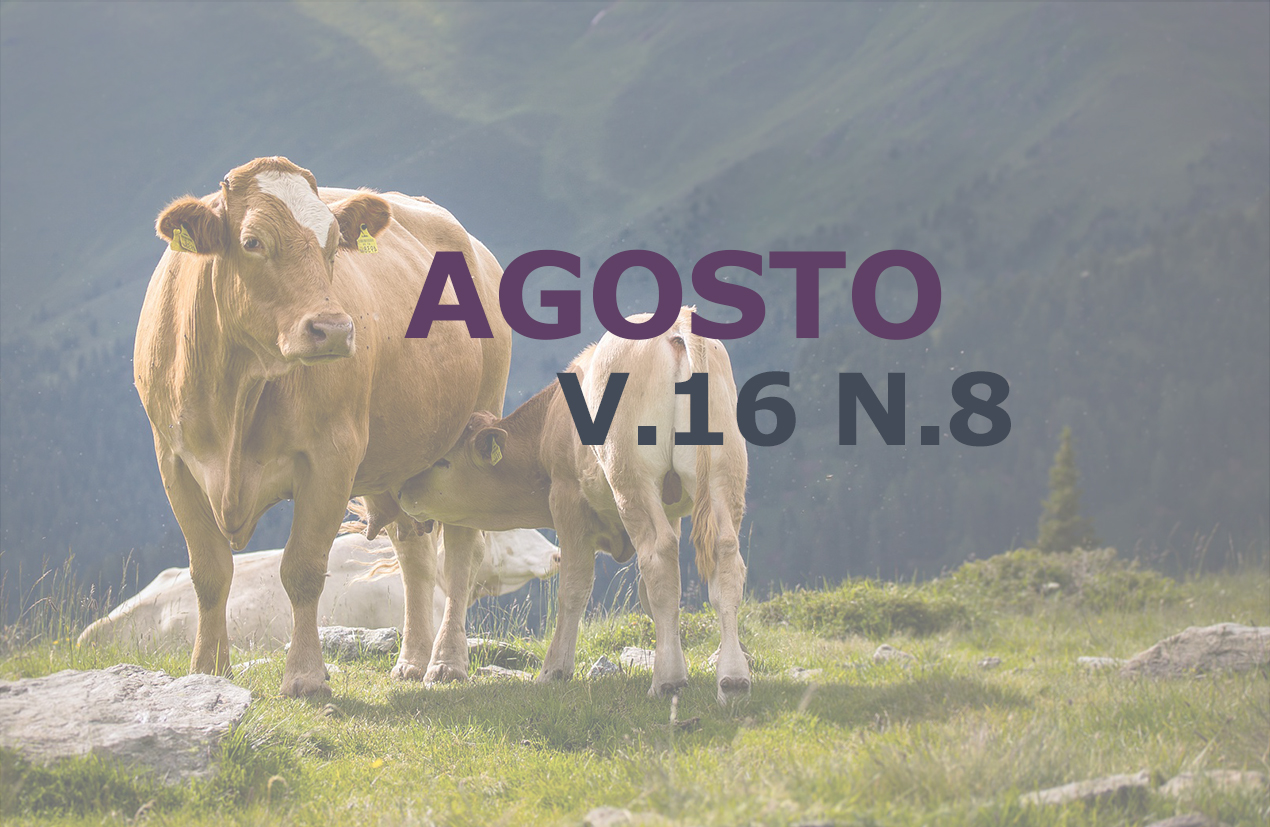Exungulation in equine: A case report
DOI:
https://doi.org/10.31533/pubvet.v16n08a1179.1-10%20Keywords:
Lameness, horse, hoof, avulsionAbstract
Exungulation is characterized by processes of separation of the hull from the sub-horny tissue, leading to loss of the nail capsule. The affected animal loses limb function, being vulnerable to more severe complications if not treated properly. The aim of this study was to report a case of exungulation in a crossbred horse, attended at the University Hospital of Veterinary Medicine of the Federal University of Recôncavo of Bahia. The animal, estimated to be three years old, weighing 210 kg, was treated with a history of traumatic injury of approximately 15 cm in the billet and quarter region, and with avulsion of the hoof of the right pelvic member. Upon examination of the locomotor system, the animal presented grade 4 lameness, podo-dermal tissue with areas of necrosis, with edema, signs of infection and the presence of myiasis, but with preservation of the coronary border and part of the beads and ranch. The third phalanx was exposed and blackened in color. Therapy based on local cleaning, immersion of the limb in potassium permanganate solution, use of antibiotics and local healing based on penicillin G benzathine, penicillin G procaine, dihydro-streptomycin and urea (Ganadol® - Zoetis) and bandage were instituted. Antimicrobial therapy was instituted with penicillin (20,000 IU/kg) every 24 hours - Bravecilin® - IM SID in total of three applications, gentamicin sulfate (2 mg/kg) - (Gentasil®) subcutaneously for five days and anti-inflammatory therapy was performed with phenylbutazone (2.2 mg/kg) – (Equipalazone®) - BID in the first three days, followed by the use of meloxicam 2% (0.6 mg) SID for 7 days. After 45 days, an increase in the area of infection was observed and we opted for three applications of 1g of ceftriaxone by regional infusion at intervals of 48 hours. Supplementation was performed by oral applications with biotin, DL-methionine and liquid zinc - Bio-Hoof®. Although the prognosis of exungulation in horses is mostly unfavorable, with costly and prolonged treatment, the clinical condition observed in the horse in this case allowed conservative therapy to be instituted, with corrective casquating after the eighth month of treatment. The animal was discharged after 239 days of hospitalization.
Downloads
Published
Issue
Section
License
Copyright (c) 2022 Larissa Queiroz de Souza, Tiago Velame Ferreira, Alessandro Silva Ferreira, Cíntia Caroline Muniz Cordeiro, Isabelle dos Santos Barreto Couto, Ana Maria Guerreiro Braga da Silva, Ana Paula Cardoso Peixoto, Danielle Nobre Santos Pinheiro

This work is licensed under a Creative Commons Attribution 4.0 International License.
Você tem o direito de:
Compartilhar — copiar e redistribuir o material em qualquer suporte ou formato
Adaptar — remixar, transformar, e criar a partir do material para qualquer fim, mesmo que comercial.
O licenciante não pode revogar estes direitos desde que você respeite os termos da licença. De acordo com os termos seguintes:
Atribuição
— Você deve dar o crédito apropriado, prover um link para a licença e indicar se mudanças foram feitas. Você deve fazê-lo em qualquer circunstância razoável, mas de nenhuma maneira que sugira que o licenciante apoia você ou o seu uso. Sem restrições adicionais
— Você não pode aplicar termos jurídicos ou medidas de caráter tecnológico que restrinjam legalmente outros de fazerem algo que a licença permita.





